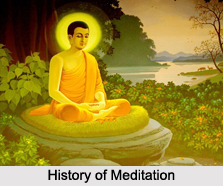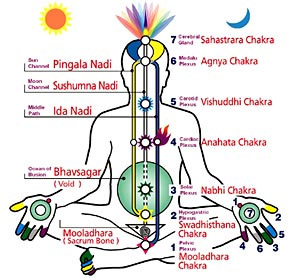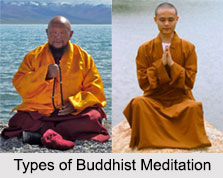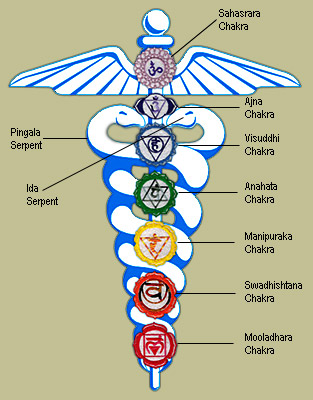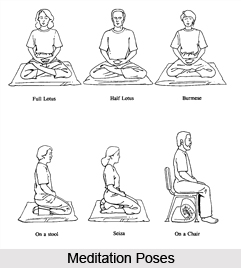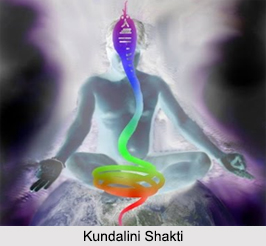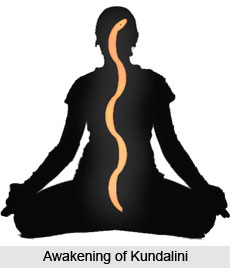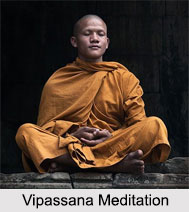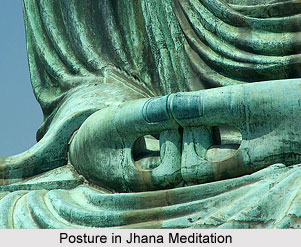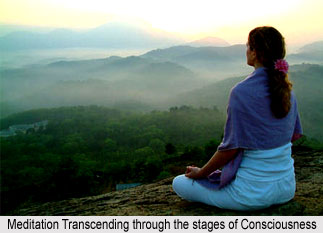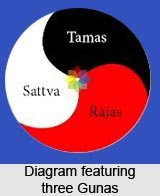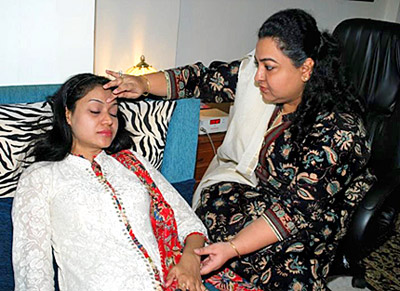 The act of creating a hypnotic state in a human being is referred to as an induction procedure. Presently there is no agreement regarding which method is most effective induction procedure. Some practitioners use simple calming techniques while the other instructors use complex triggers like mechanical devices.
The act of creating a hypnotic state in a human being is referred to as an induction procedure. Presently there is no agreement regarding which method is most effective induction procedure. Some practitioners use simple calming techniques while the other instructors use complex triggers like mechanical devices.
There are many experienced hypnotists who claim that they can hypnotize almost everyone. They claim that it is a myth that people with strong will power cannot be hypnotized. They also claim that these types of people are generally the best participants. They say that people who are most intelligent also possess the highest creativity and they make strong associations with the structure of language used by hypnotists and by the visual or auditory representations inside their mind. Apart from this, there is a common claim that no one can be hypnotized against his or her will. The hypnotists counter this by saying is nothing can be made to do anything against their will, one can change their wish and made them work accordingly.
Hypnotic susceptibility is the measurable responsiveness of a person who is being hypnotized. All people cannot be hypnotized but only ten percent of the population responds exceptionally well. There is only little evidence linking the susceptibility to intelligence or personality traits. Some researches also link hypnosis to the amount of imagination of the subject. Recent study suggests that the persons who can be easily hypnotized have have high sensory and perceptual gating abilities that allow them to block the stimuli of awareness.
It is said that there is a direct relationship between the hypnosis and fear of a person. When inhibitory fear is removed hypnosis is more successful. When fear is removed most individuals can be deeply hypnotized within 5-10 seconds. Most of the licensed mental health professionals use old Progressive Relaxation method for hypnotic induction.

